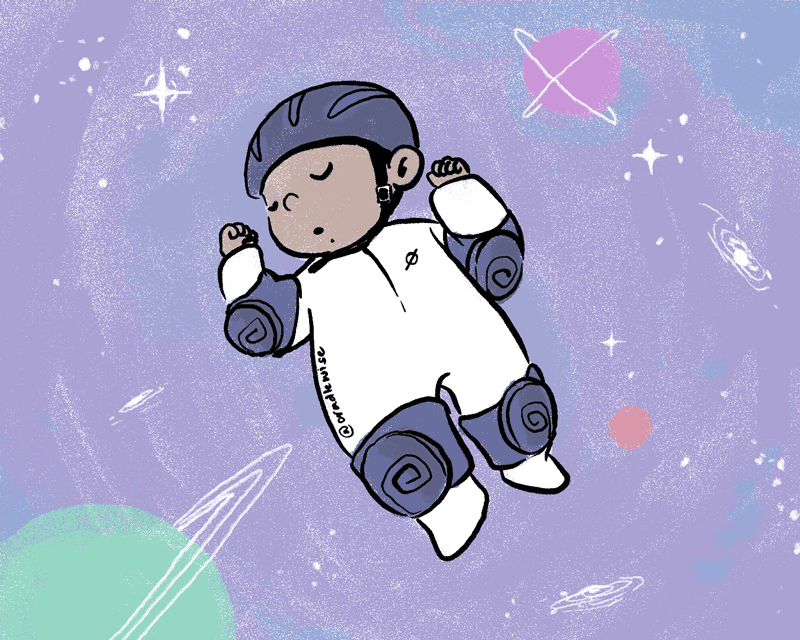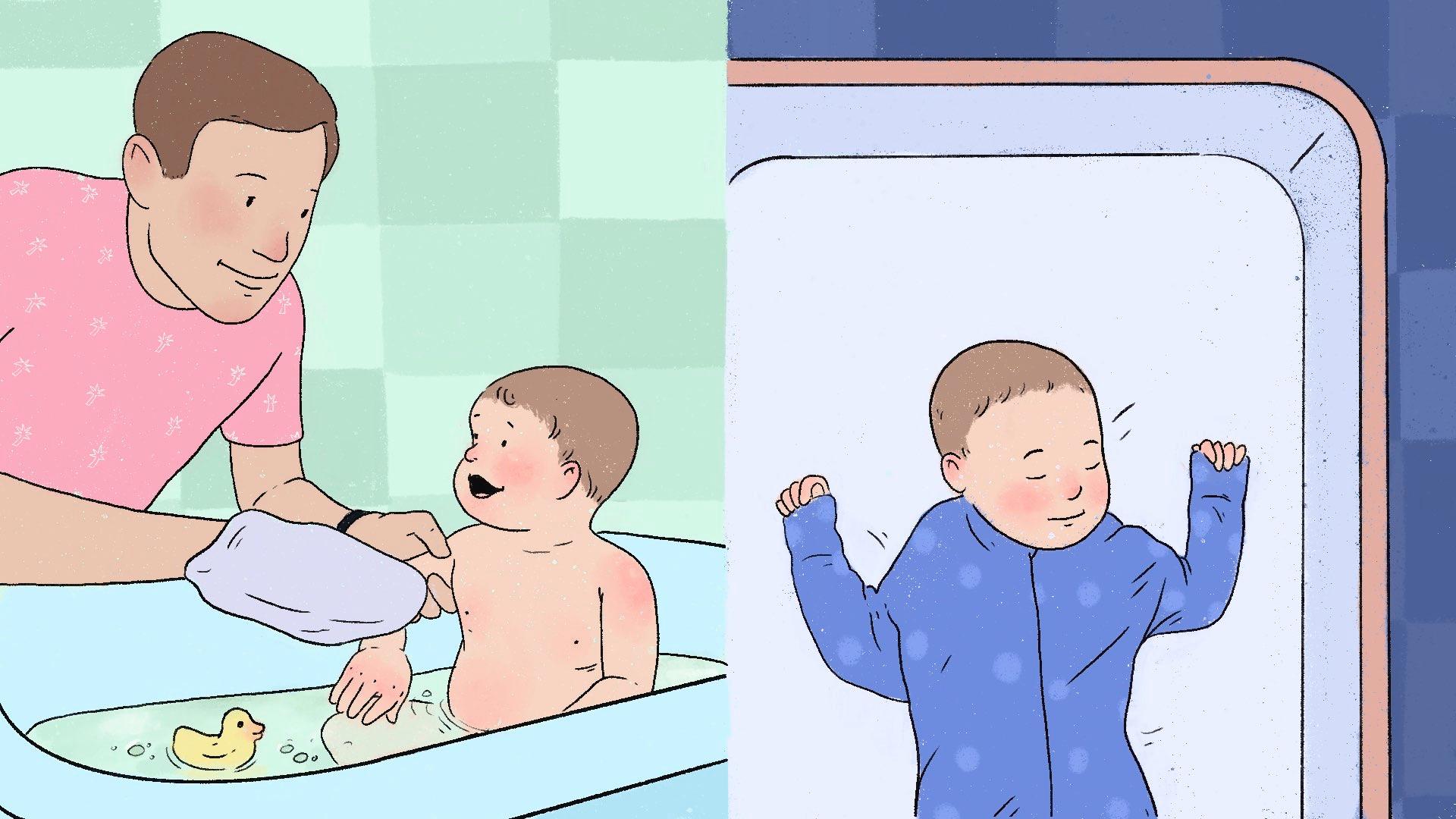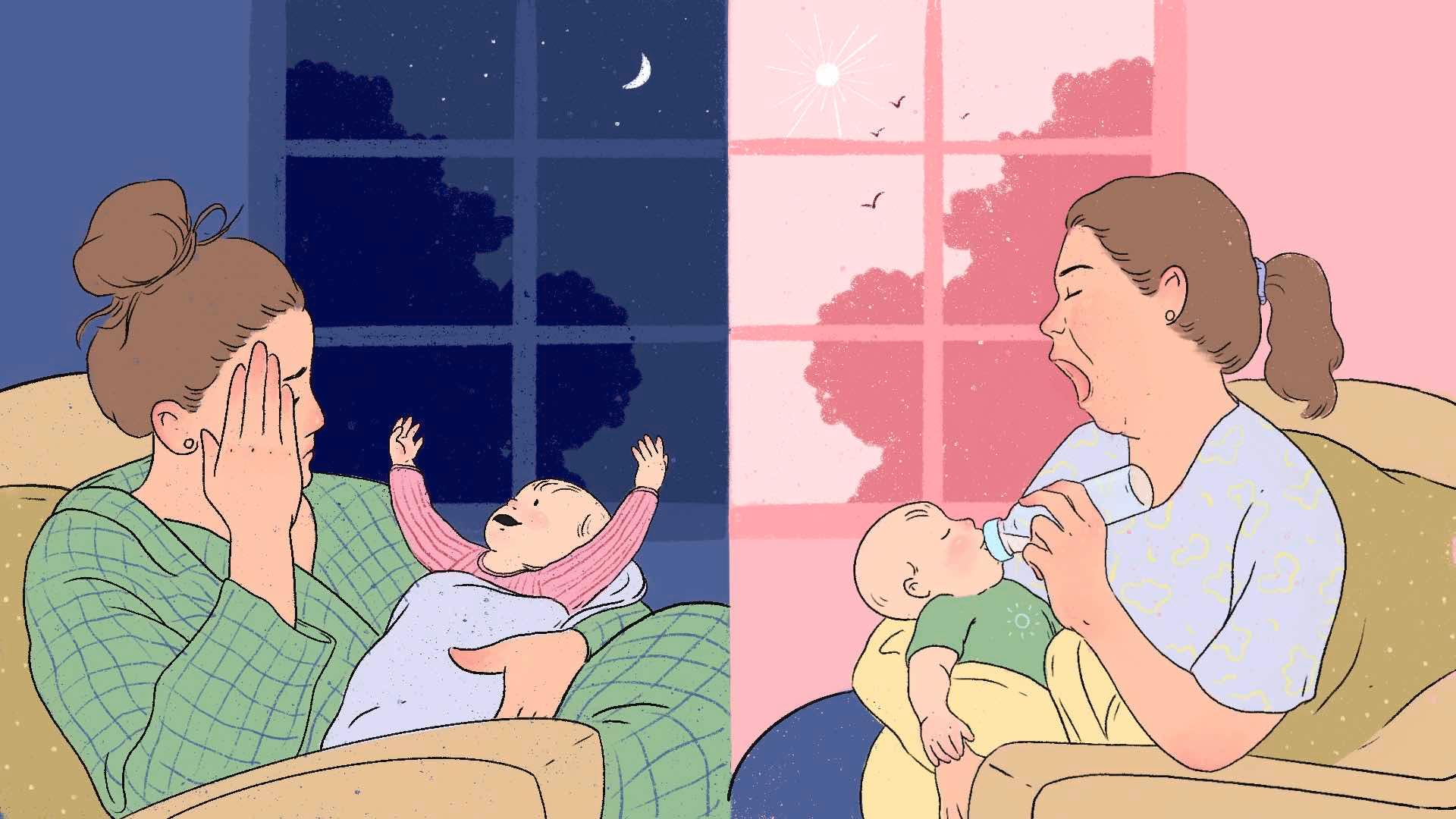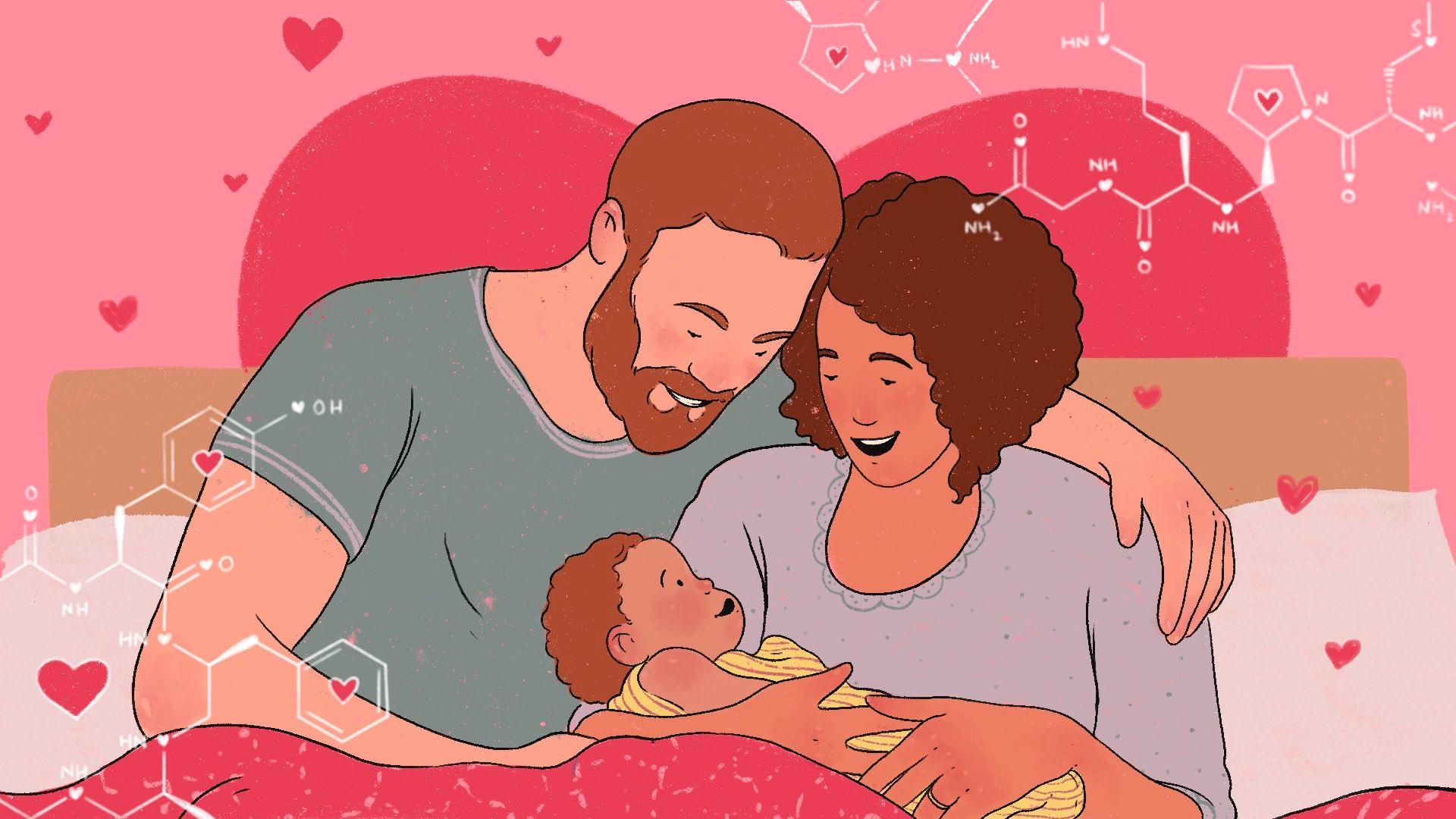Science of baby sleep
Safe sleep for babies: 12 guidelines all parents need to know
Cradlewise Staff

Science of baby sleep
Safe sleep for babies: 12 guidelines all parents need to know
Cradlewise Staff
Right now, we are celebrating both World Sleep Week and Safer Sleep Week, from March 14 to March 20. Safer Sleep Week is a national awareness campaign run by The Lullaby Trust for all the parents and anyone taking care of a young baby. It aims to raise awareness about safe sleep guidelines that can reduce the risk of Sudden Infant Death Syndrome (or SIDS).
So, in honor of Safer Sleep Awareness Week, we have compiled a list of 12 tips that would help you create a safer sleep environment for your little one. Please also consider sharing them with grandparents and caretakers as well to help raise awareness. 💌
Baby safe sleep guidelines
1. Ensure that your baby’s mattress is flat and firm.
Leaving your baby alone on overly soft surfaces is dangerous as it increases the risk of SIDS. According to AAP, your child should sleep on their back, in a crib with a tight-fitting mattress and fitted sheet.
Avoid laying your baby on a couch or armchair for sleep. (If you’re snuggling up with your little one on your chest and believe you’re at risk of nodding off because you’re so fatigued—we’ve all been there—put your Cradlewise’s smart-soothing features to good use as a much safer alternative.)
2. Don’t let your baby sleep in a swing.
According to Dr. Nilong Vyas (M.D., Pediatrician), founder of Sleepless at NOLA, “It is not safe for your child to sleep in a swing or any other device outside of a crib. Often, babies can slip down out of the restraints (if they are not restrained appropriately), and it can cause injury. They can also get themselves into a position that can compromise their airway. Your infant should sleep on its back, in a crib, with only the mattress, the sheet, the baby, and a few pacifiers.”
Swings are okay for your child’s gentle play or rest during the daytime, under supervision, of course. But when your babe falls asleep, move them to a firm and flat surface.
3. Avoid letting your baby fall asleep in a car seat for prolonged periods of time.
It’s common for babies to nod off in their car seats while the car is in motion. However, it’s unsafe to let them fall asleep in a car seat outside of your vehicle.
Younger babies can’t hold up their heads and neck and can often slump over in the position they are seated in the car seat. It increases the risk of positional asphyxia, in which the position of a baby’s body blocks their airway. Learn more about car seat safety guidelines as per AAP.
4. Avoid putting any blankets, bumpers, or toys in the crib with your baby.
According to a survey by The Lullaby Trust, “Over one in three parents have bought a baby sleep product they’ve seen on social media that goes against safer sleep advice.”
Even though the Instagrammable pictures of a crib filled with cute little stuffed animals and toys can melt your heart, sometimes they don’t follow safety guidelines. So, keep your baby’s crib/sleep space clear of loose blankets, stuffed toys, bumpers, and other soft items like beddings. Babies can’t pull a blanket or toy up or down if it’s restricting their breathing. It increases the risk of suffocation while sleeping. Read up on when your baby can safely sleep with a blanket.
5. Keep the room temperature for your baby between 68℉ to 72℉.
Although this is the optimal temperature range for your little one, it can vary slightly from baby to baby.
Dr. Anna Cornish, Medical Director, Ambulatory General Pediatrics, Staten Island University Hospital, Northwell Health, says, “Many parents believe that infants need to be kept extra warm and bundled at all times. These factors may raise an infant’s body temperature to levels that interfere with the brain’s ability to control temperatures and breathing, contributing to an increased risk of SIDS.”
Find a sweet middle spot—a room that’s neither too hot nor too cold. You might want to invest in an indoor thermometer for measuring your sweetie’s bedroom temperature since it provides more accurate readings than a thermostat.
6. Always lay your baby on their back.
The AAP strongly recommends this rule of thumb. Avoid placing your baby on their stomach or side, especially if they are under one year of age. Once your child’s first birthday has passed, and they can roll over both ways without help, you don’t need to follow this strictly.
7. Don’t use a head covering during sleep after the newborn stage.
If your child is older than four months, avoid covering their head when sleeping. Sami Amundsen, a registered nurse, and co-founder of Birth Halo advises, “It’s important to help maintain a newborn’s temperature with head coverings (and skin-to-skin) in the first weeks to maintain a temperature above 97.9. However, after the delicate newborn stage, using a head covering during sleep is a major modifiable risk factor associated with SIDS.”
8. Avoid overdressing your baby.
Extra clothing layers can make your little one uncomfortable and more challenging to breathe correctly. Amundsen says, “the most common mistake I see is overdressing an infant. In general, infants should be dressed appropriately for the environment, with no greater than one layer more than an adult would wear to be comfortable in that environment.”
Add or remove the layers depending on the climate and external temperature.
9. Consider sharing a room with your baby.
Various studies have shown that room-sharing with separate beds reduces the risk of SIDS by as much as 50%. The exact reason behind how room-sharing minimizes the risk of SIDS is unknown; still, it enables parents to check on their babies intermittently and respond quickly in case of any emergency.
The AAP recommends sleeping in the same room as your baby (but not bed-sharing), ideally for six months to one year.
10. Steer clear of crib bumpers.
For the longest time, pediatricians have advised against crib bumpers, as they increase the risk of suffocation when babies are sleeping. According to the AAP, there is no evidence that bumper pads prevent injuries, and there is a potential risk of suffocation, strangulation, or entrapment. In 2021, Congress passed the Safe Cribs Act, which bans the sale of crib bumpers.
11. Give your baby a pacifier as a soothing mechanism.
If your baby is under one, it’s safe to give your baby a pacifier while they’re dozing. Pacifiers are proven to reduce the risk of SIDS in infants while sleeping. However, don’t attach your baby’s pacifier to their clothing or hang it around their neck.
12. Check your baby’s crib/bassinet for safety standards.
The safety standards set by the U.S. Consumer Product Safety Commission (CPSC) ensure that your baby is sleeping in a safe environment. Babies need a rocking or swinging motion to fall asleep because these motions remind them of their time in the womb and, thus, feel familiar to them. Cradlewise’s bounce motion is similar to how a parent would rock their child to sleep. It’s a safe and effective solution to help your little one fall asleep and, more importantly, get longer stretches of high-quality rest.
We hope these tips help you create a safe sleeping environment for your little one. 💜
Sources:
- Room sharing reduces the risk of SIDS. The Journal of Pediatrics. 2005. “Bedsharing, room sharing, and sudden infant death syndrome in Scotland: A case-control study.”
- Pacifier use and SIDS. NCBI. 2016. “Pacifier use and SIDS: evidence for a consistently reduced risk.”
- CPSC standards when purchasing a crib or mattress. Consumer Product Safety Commission. 2011. “Retailers required to sell only cribs that meet CPSC’s new crib standards.”
You may also like



